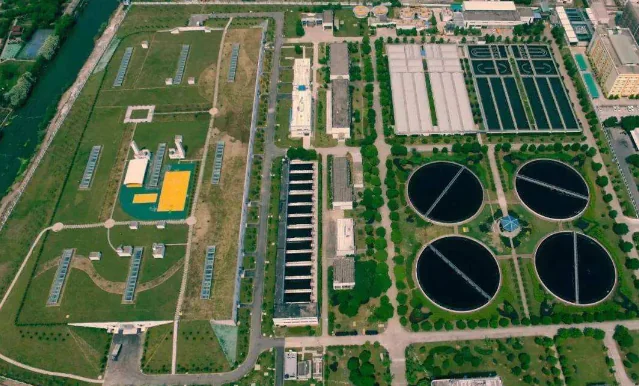Adding external carbon sources is very important in biological wastewater treatment. The type you choose and how you add it will affect the stability of your system runs. It also impacts if your treated water meets discharge standards.
This guide will help you understand:
- Common types of carbon sources
- How they work
- Dosing rules and calculation methods
It will help your system run well and meet standards.
Common Carbon Sources and Their COD Equivalents
Here are some common carbon sources used in wastewater treatment:
- Methanol: COD about 1.5 kg COD/kg
- Sodium acetate (acetic acid salt): When dry, COD is about 0.78 kg COD/kg. If you use 58%~60% sodium acetate liquid, the COD will be less.
- Glucose: COD about 1.06 kg COD/kg
- Compound carbon sources: Many types. COD ranges from 0.2 to 1 kg COD/kg.
Different carbon sources have different prices, risks, ease of use, and how well microbes use them. Choose based on your project needs.

Main Uses of External Carbon Sources
External carbon sources have three main roles in wastewater treatment:
- For denitrification
They give electrons. This helps denitrifying bacteria change nitrate to nitrogen gas.
- To improve biological phosphorus removal
In the anaerobic tank, phosphorus-accumulating bacteria take up small carbon molecules. They release phosphate. In the aerobic tank, they take up more phosphorus, removing it from water.
- To help break down organics and keep sludge concentration
Carbon gives microbes energy. This raises how much pollution your system can handle.
Tips When Adding Carbon Sources
- Choose the right carbon source
- Methanol: Cheap and high COD. But it is a dangerous chemical. Hard to store and move.
- Sodium acetate: Easy for bacteria to use. But needs more dosage.
- Glucose: Works fast. Makes sludge grow fast. But costs more.
- Compound carbon: Used a lot. Fits many cases. Cost depends on formula.
- Where and when to add
- Usually add at the inlet of the anaerobic or anoxic tank. This helps denitrifying or phosphorus bacteria use it first.
- Do not add to the aerobic tank. Too much carbon there may cause shock loads and stop ammonia removal.
- How to add
- Continuous dosing: Use a dosing system. Good for liquid carbon.
- Batch dosing: For solid carbon. But may cause swings in nutrients. Bad for stable microbes.

How to Calculate Carbon Dosage
- For nitrogen removal
Carbon COD needed=(Target TN−Actual TN)×5
Carbon dosage (kg)=(Daily flow×COD needed) / (COD of chosen carbon)
- For carbon addition (to help ammonia removal)
Carbon COD needed=(Ammonia removed×20)−(Inlet COD−Outlet COD)
Carbon dosage (kg)= (Daily flow×Actual needed COD) / (COD of chosen carbon)
Use your water quality data to adjust dosing. This saves chemicals and improves treatment.
Conclusion
Choosing the right type of carbon and how to add it is key. Look at COD value, cost, safety, and how microbes use it. Use accurate calculations and good management. This will help your plant meet standards and keep costs low.
If you have questions about picking or using carbon, leave a comment. We will keep sharing helpful wastewater tips!
